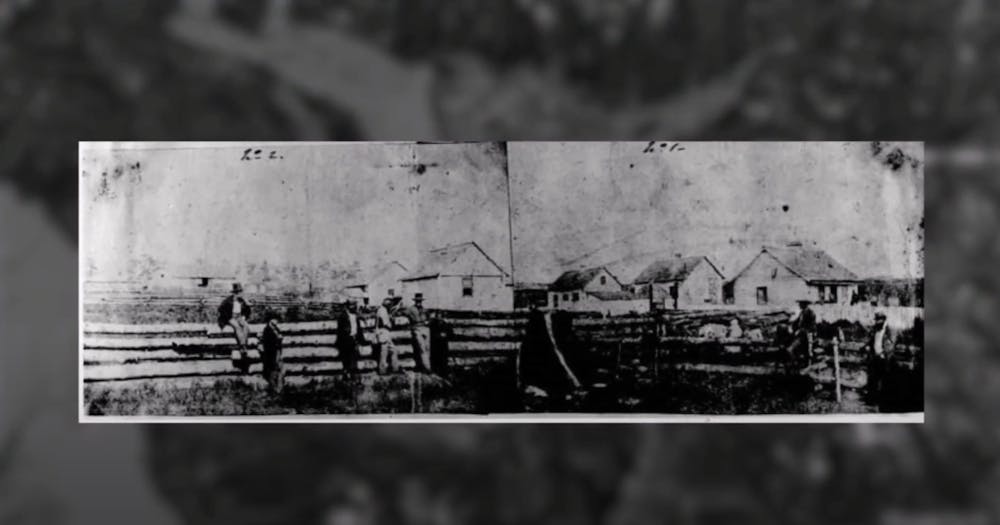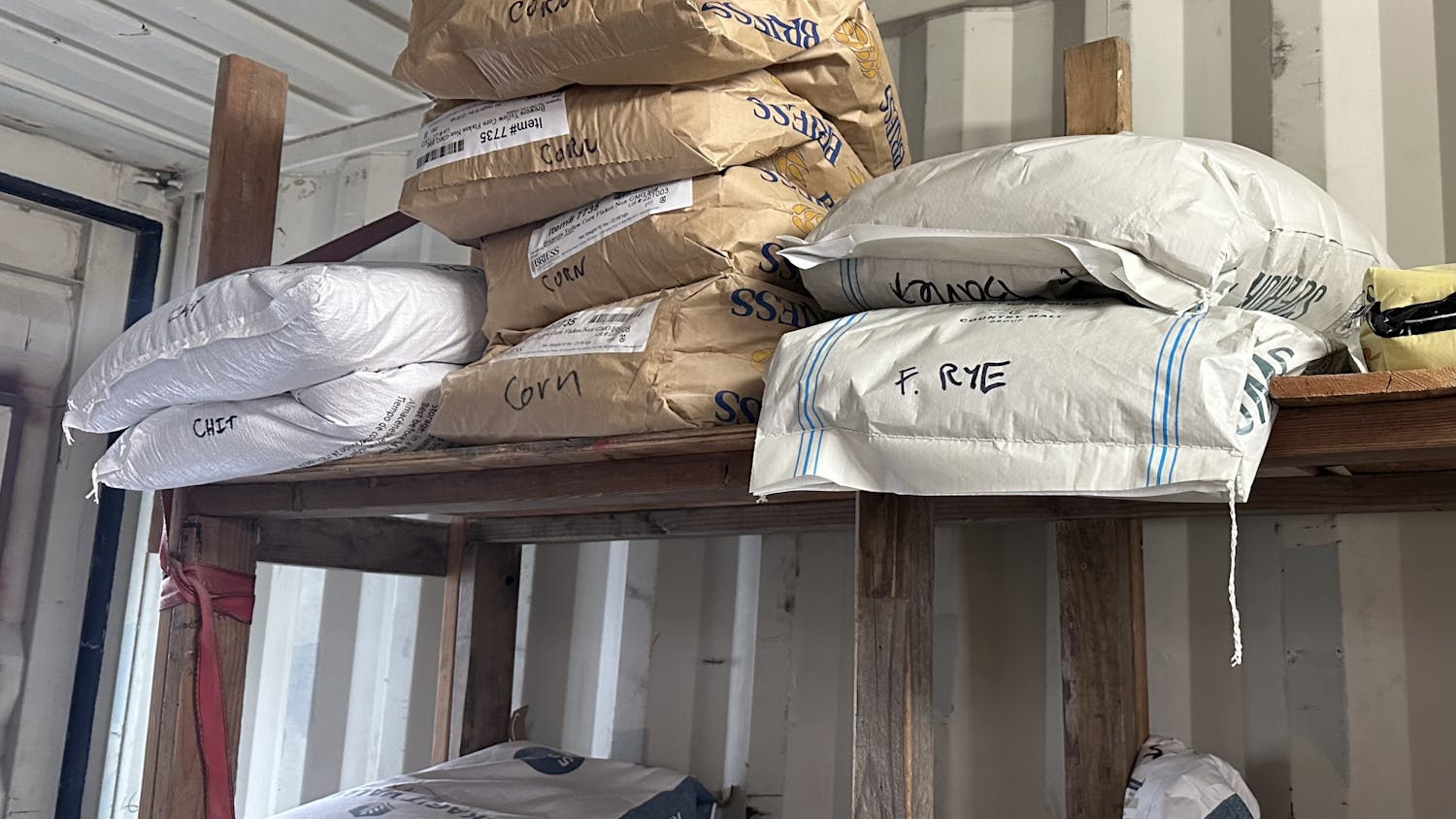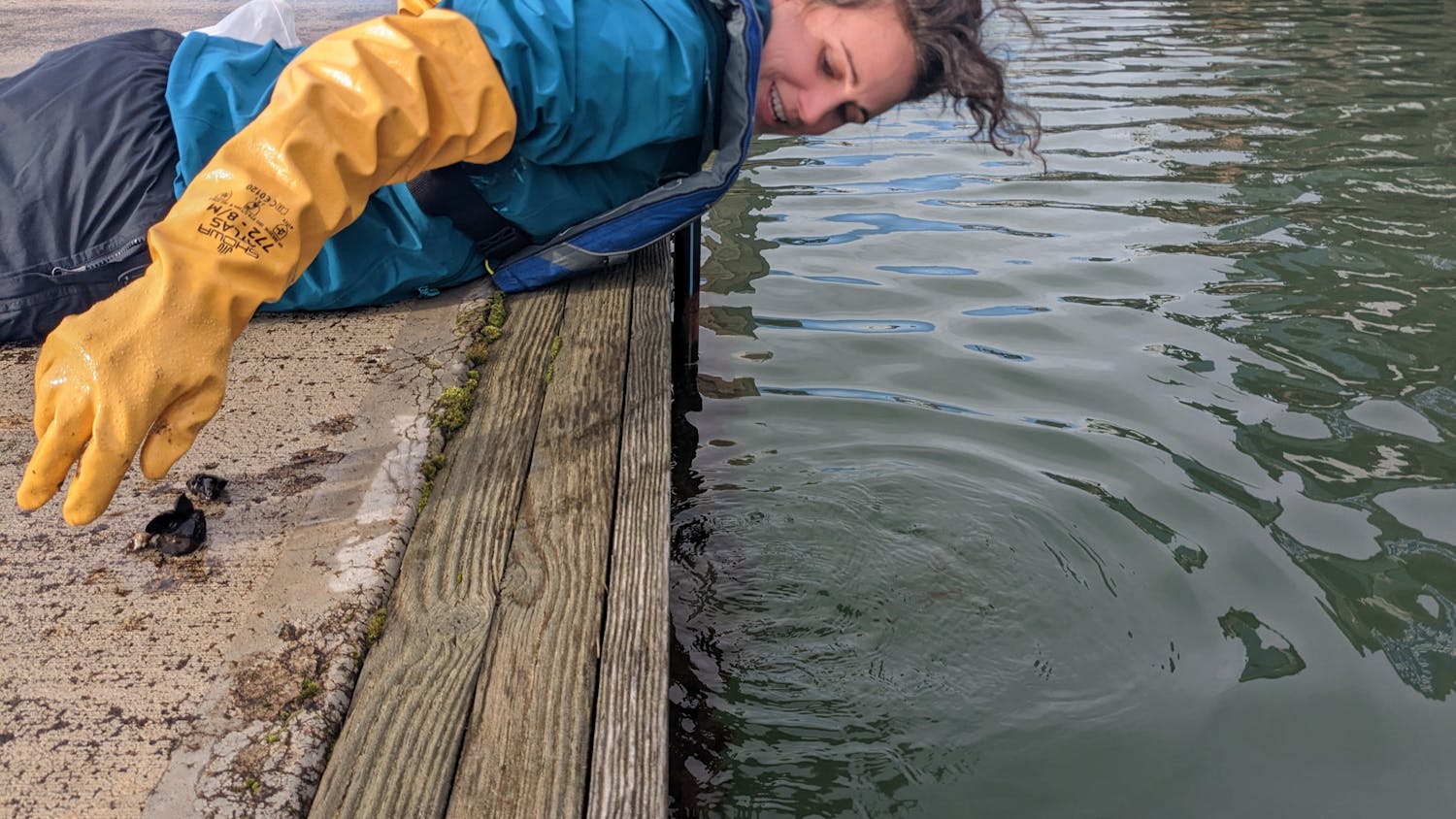Among the lettered streets of northwest Bellingham, nestled between apartment buildings, a middle school and a picturesque coffeehouse is the former home of George E. Pickett.
Pickett was most known for his allegiance to the Confederacy, particularly in leading Pickett’s Charge, an operation during the Battle of Gettysburg which devastated his own troops, marking a turning point in the Civil War. He is also promoted as a hero by modern apologists for the Confederacy, often historically in conjunction with understating the oppression of Black Americans.
Before the 1860s — and Pickett's infamy — he was a captain in the United States Army stationed in Bellingham in the late 1850s. At the time, both the United States and the United Kingdom, which controlled what would become known as Canada, were beginning their colonial projects in the Puget Sound region.
The San Juan Islands were a major point of contention between the British and American governments. Both parties claimed the archipelago in its entirety, while individual British and Americans began settling on the islands.
The trouble began when Lyman Cutlar, an American farmer who had settled on the island, discovered a pig eating his potatoes on June 15, 1859. Cutlar shot the pig, which as it turns out was owned by Charles Griffin, a British citizen.
Though Cutlar offered Griffin compensation, the amount was not satisfactory and the conflict escalated, with American authorities backing Cutlar and the British supporting Griffin. The United States deployed Pickett and 66 troops to San Juan Island, to which the British responded by sending several warships into the area.
The dispute was eventually resolved, as described in the video below — but the Indigenous peoples of the area were never consulted in arbitration.
Though the dispute is a notable episode in history, the National Park Service Visitor Center on San Juan Island seeks to recognize and preserve the past and continuing role and presence of Indigenous peoples on San Juan Island. The islands themselves have been within the traditional lands of Coast Salish peoples, including the Lummi Nation, since time immemorial.
Finn Kurtz (they/he) is the Opinion and Outreach Editor of The Front for summer quarter. He is a history and political science double major and a journalism/news editorial minor in their fourth year at Western. In his free time, he enjoys looking in bookstores, going on walks in the woods, and trivia.
They can be reached at finnkurtz.thefront@gmail.com.






